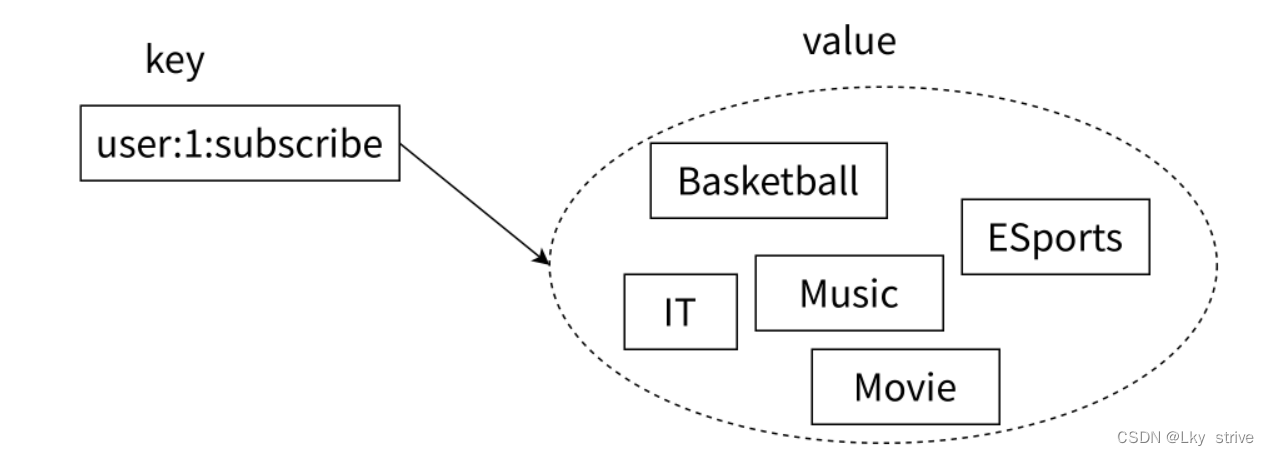1栈的概念及结构
栈:一种特殊的线性表,其只允许在固定的一端进行插入和删除元素操作,进行数据插入和删除操作的一端称为栈顶,另一端称为栈底。栈中的数据元素遵守后进先出LIFO(Last In First Out)原则。
压栈:栈的插入操作叫做进栈/压栈/入栈,入数据在栈顶。
出栈:栈的删除操作叫做出栈,出数据也在栈顶。

2.栈的实现
栈的实现一般可以使用数组或者链表实现,相对而言数组的结构实现更优一点。因为数组在尾部插入数据的代价比较小。

2.1头文件StackQueue.h
#pragma once
#include <stdio.h>
#include <stdlib.h>
#include <assert.h>
#include <stdbool.h>
typedef int STDataType;
//后进先出,栈的结构
typedef struct Stack
{
STDataType* a;
int top;
int capacity;
}ST;
//扩容函数
void checkCapacity(ST* pst);
//打印
void STPrint(ST* pst);
//初始化和销毁
void STInit(ST* pst);
void STDestroy(ST* pst);
//入栈和出栈
void STPush(ST* pst, STDataType x);
void STPop(ST* pst);
//取栈顶的数据
STDataType STTop(ST* PST);
//判断栈是否为空
int STEmpty(ST* pst);
//判断栈有多少个数据
int STSize(ST* pst);
栈的结构类似与之前的顺序表,只是结构体中的size换成了top,其实size和top可以进行等价。
2.2函数实现文件StackQueue.c
2.2.1 初始化和销毁
2.2.1.1初始化
函数实现:
void STInit(ST* pst)
{
assert(pst);
pst->a = NULL;
pst->top = 0;
pst->capacity = 0;
}测试代码:
#include "StackQueue.h"
void test()
{
ST s;
STInit(&s); //初始化
}
int main()
{
test();
return 0;
}
2.2.1.2销毁
函数实现:
void STDestroy(ST* pst)
{
assert(pst);
free(pst->a);
pst->top = 0;
pst->capacity = 0;
pst->a = NULL;
}先将动态开辟的空间进行释放,然后将指针a置为NULL,top和capacity置为0.
2.2.2入栈和出栈
2.2.2.1入栈
函数实现:
//扩容函数
void checkCapacity(ST* pst)
{
if (pst->capacity == pst->top)
{
int newcapacity = pst->capacity == 0 ? 4 : 2 * pst->capacity;
STDataType* tmp = (STDataType*)realloc(pst->a, newcapacity * sizeof(STDataType));
if (tmp == NULL)
{
perror("realloc fail!\n");
exit(1);
}
pst->a = tmp;
pst->capacity = newcapacity;
}
}
//入栈
void STPush(ST* pst, STDataType x)
{
assert(pst);
//判断是否需要扩容
checkCapacity(pst);
pst->a[pst->top] = x;
pst->top++;
}打印函数:
//打印
void STPrint(ST* pst)
{
assert(pst);
for (int i = 0; i < pst->top; i++)
{
printf("%d ", pst->a[i]);
}
printf("\n");
}测试代码:
#include "StackQueue.h"
void test()
{
ST s;
STInit(&s); //初始化
STPush(&s, 1);
STPush(&s, 2);
STPush(&s, 3);
STPush(&s, 4);
STPush(&s, 5);
STPrint(&s);
}
int main()
{
test();
return 0;
}
2.2.2.2出栈
函数实现:
void STPop(ST* pst)
{
assert(pst && pst->top); //断言栈内不能为空
pst->top--;
}测试代码:
#include "StackQueue.h"
void test()
{
ST s;
STInit(&s); //初始化
STPush(&s, 1);
STPush(&s, 2);
STPush(&s, 3);
STPush(&s, 4);
STPush(&s, 5);
STPop(&s);
STPrint(&s);
}
int main()
{
test();
return 0;
}
2.2.3取栈顶的数据
函数实现:
//取栈顶的数据
STDataType STTop(ST* pst)
{
assert(pst && pst->top);
//top指向的是最后一个元素的后面一个位置
return pst->a[pst->top - 1];
}测试代码:
#include "StackQueue.h"
void test()
{
ST s;
STInit(&s); //初始化
STPush(&s, 1);
STPush(&s, 2);
STPush(&s, 3);
STPush(&s, 4);
STPush(&s, 5);
STPrint(&s);
printf("%d ",STTop(&s));
}
int main()
{
test();
return 0;
}
2.2.4判断栈是否为空
函数实现:
//判断栈是否为空
int STEmpty(ST* pst)
{
assert(pst);
if (pst->top == 0)
{
return 0;
}
else
{
return -1;
}
}测试代码:
#include "StackQueue.h"
void test()
{
ST s;
STInit(&s); //初始化
STPush(&s, 1);
STPush(&s, 2);
STPush(&s, 3);
STPush(&s, 4);
STPush(&s, 5);
STPrint(&s);
int i = STEmpty(&s);
if (i == 0)
{
printf("栈为空!\n");
}
else
{
printf("栈不为空!\n");
}
}
int main()
{
test();
return 0;
}
2.2.5判断栈有多少个数据
函数实现:
//判断栈有多少个数据
int STSize(ST* pst)
{
assert(pst);
return pst->top;
}测试代码:
#include "StackQueue.h"
void test()
{
ST s;
STInit(&s); //初始化
STPush(&s, 1);
STPush(&s, 2);
STPush(&s, 3);
STPush(&s, 4);
STPush(&s, 5);
STPush(&s, 5);
STPush(&s, 5);
STPush(&s, 5);
STPrint(&s);
printf("%d ", STSize(&s));
}
int main()
{
test();
return 0;
}
2.3参考代码
//StackQueue.h
#pragma once
#include <stdio.h>
#include <stdlib.h>
#include <assert.h>
typedef int STDataType;
//后进先出
typedef struct Stack
{
STDataType* a;
int top;
int capacity;
}ST;
//扩容函数
void checkCapacity(ST* pst);
//打印
void STPrint(ST* pst);
//初始化和销毁
void STInit(ST* pst);
void STDestroy(ST* pst);
//入栈和出栈
void STPush(ST* pst, STDataType x);
void STPop(ST* pst);
//取栈顶的数据
STDataType STTop(ST* PST);
//判断栈是否为空
int STEmpty(ST* pst);
//判断栈有多少个数据
int STSize(ST* pst);
//StackQueue.c
#include "StackQueue.h"
//打印
void STPrint(ST* pst)
{
assert(pst);
for (int i = 0; i < pst->top; i++)
{
printf("%d ", pst->a[i]);
}
printf("\n");
}
//初始化和销毁
void STInit(ST* pst)
{
assert(pst);
pst->a = NULL;
pst->top = 0;
pst->capacity = 0;
}
void STDestroy(ST* pst)
{
assert(pst);
free(pst->a);
pst->top = 0;
pst->capacity = 0;
pst->a = NULL;
}
//扩容函数
void checkCapacity(ST* pst)
{
if (pst->capacity == pst->top)
{
int newcapacity = pst->capacity == 0 ? 4 : 2 * pst->capacity;
STDataType* tmp = (STDataType*)realloc(pst->a, newcapacity * sizeof(STDataType));
if (tmp == NULL)
{
perror("realloc fail!\n");
exit(1);
}
pst->a = tmp;
pst->capacity = newcapacity;
}
}
//入栈和出栈
//入栈
void STPush(ST* pst, STDataType x)
{
assert(pst);
//判断是否需要扩容
checkCapacity(pst);
pst->a[pst->top] = x;
pst->top++;
}
void STPop(ST* pst)
{
assert(pst && pst->top);
pst->top--;
}
//取栈顶的数据
STDataType STTop(ST* pst)
{
assert(pst && pst->top);
return pst->a[pst->top - 1];
}
//判断栈是否为空
int STEmpty(ST* pst)
{
assert(pst);
if (pst->top == 0)
{
return 0;
}
else
{
return -1;
}
}
//判断栈有多少个数据
int STSize(ST* pst)
{
assert(pst);
return pst->top;
}//test.c
#include "StackQueue.h"
void test()
{
ST s;
STInit(&s); //初始化
STPush(&s, 1);
STPush(&s, 2);
STPush(&s, 3);
STPush(&s, 4);
STPush(&s, 5);
STPush(&s, 5);
STPush(&s, 5);
STPush(&s, 5);
//STPop(&s);
STPrint(&s);
//int i = STEmpty(&s);
//if (i == 0)
//{
// printf("栈为空!\n");
//}
//else
//{
// printf("栈不为空!\n");
//}
//printf("%d ",STTop(&s));
printf("%d ", STSize(&s));
STDestroy(&s);
}
int main()
{
test();
return 0;
}
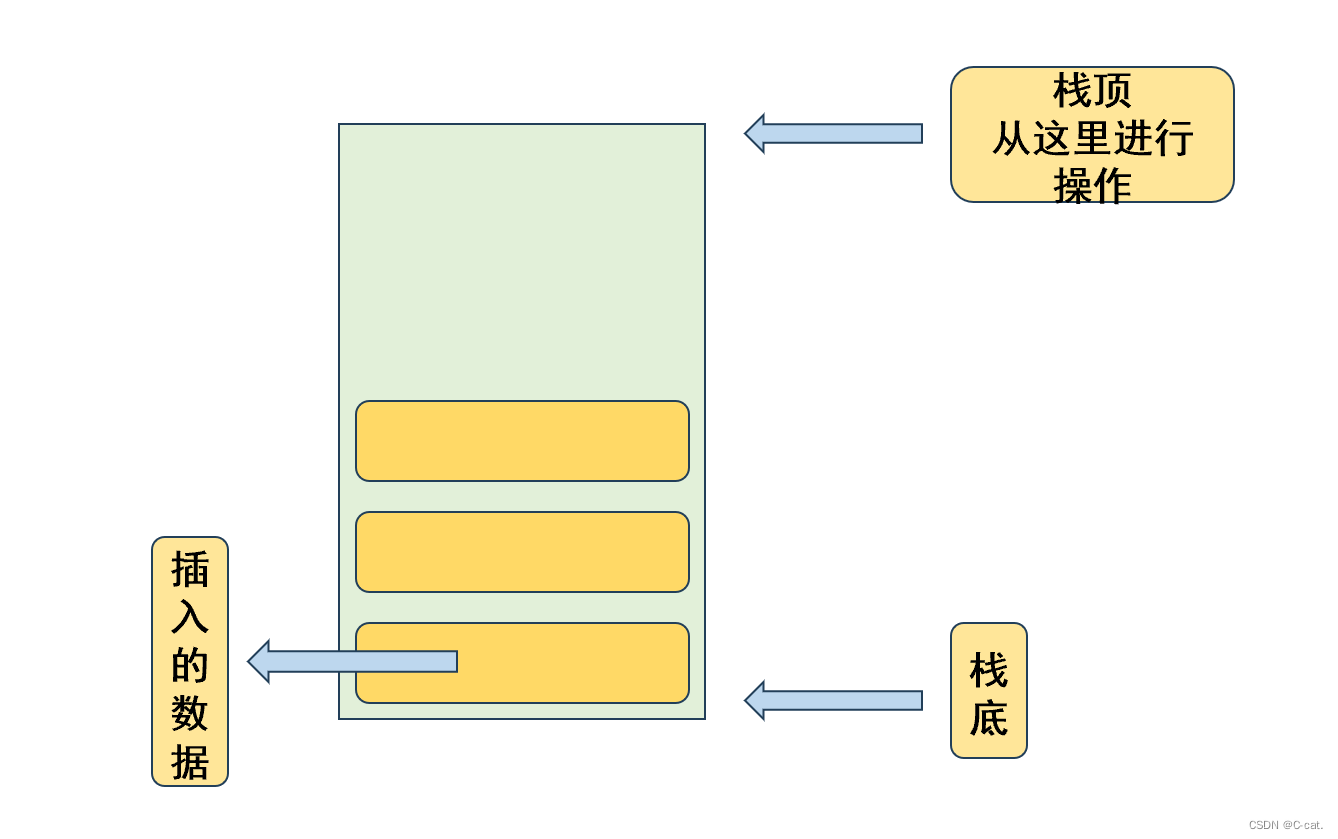
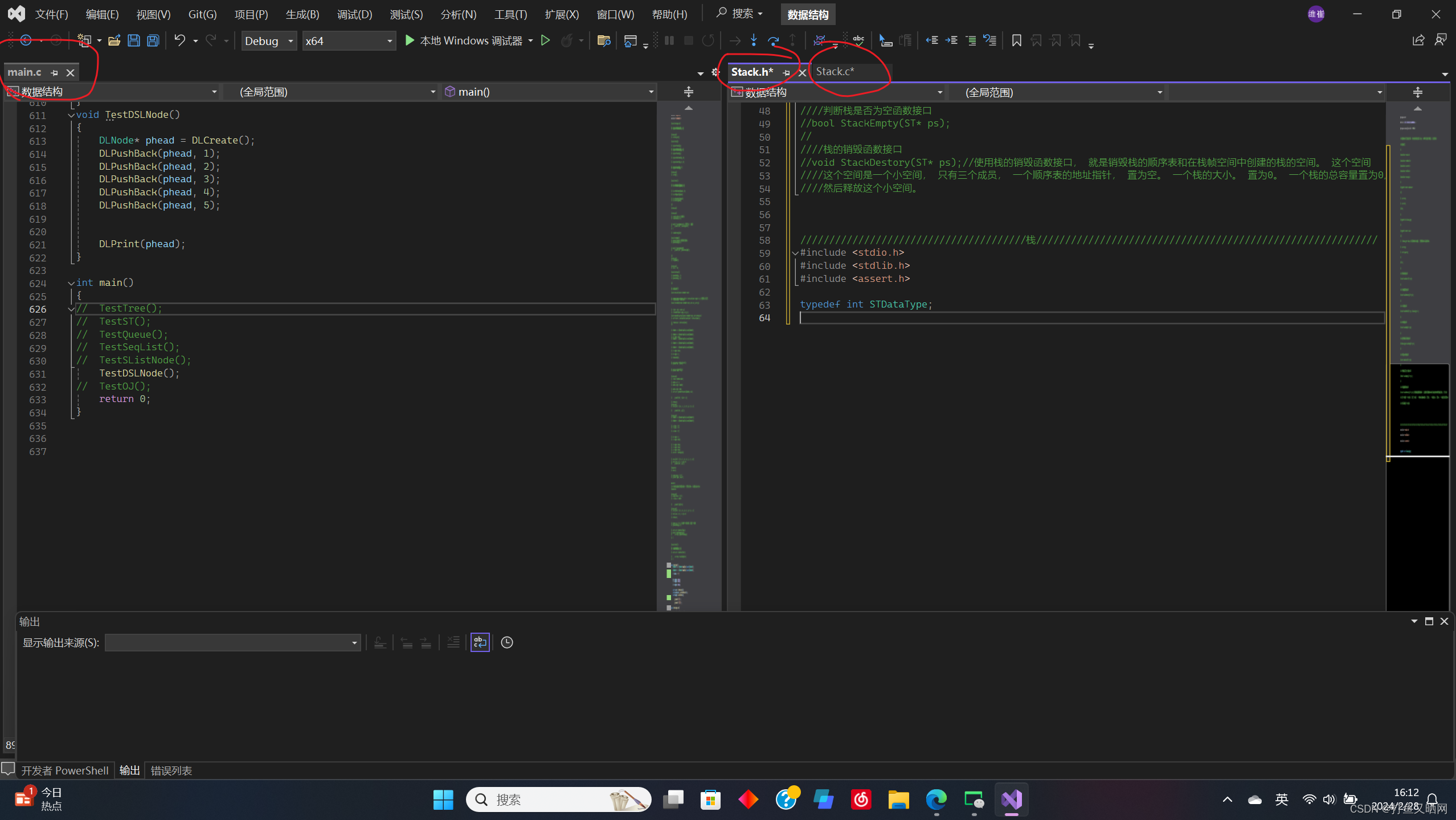



















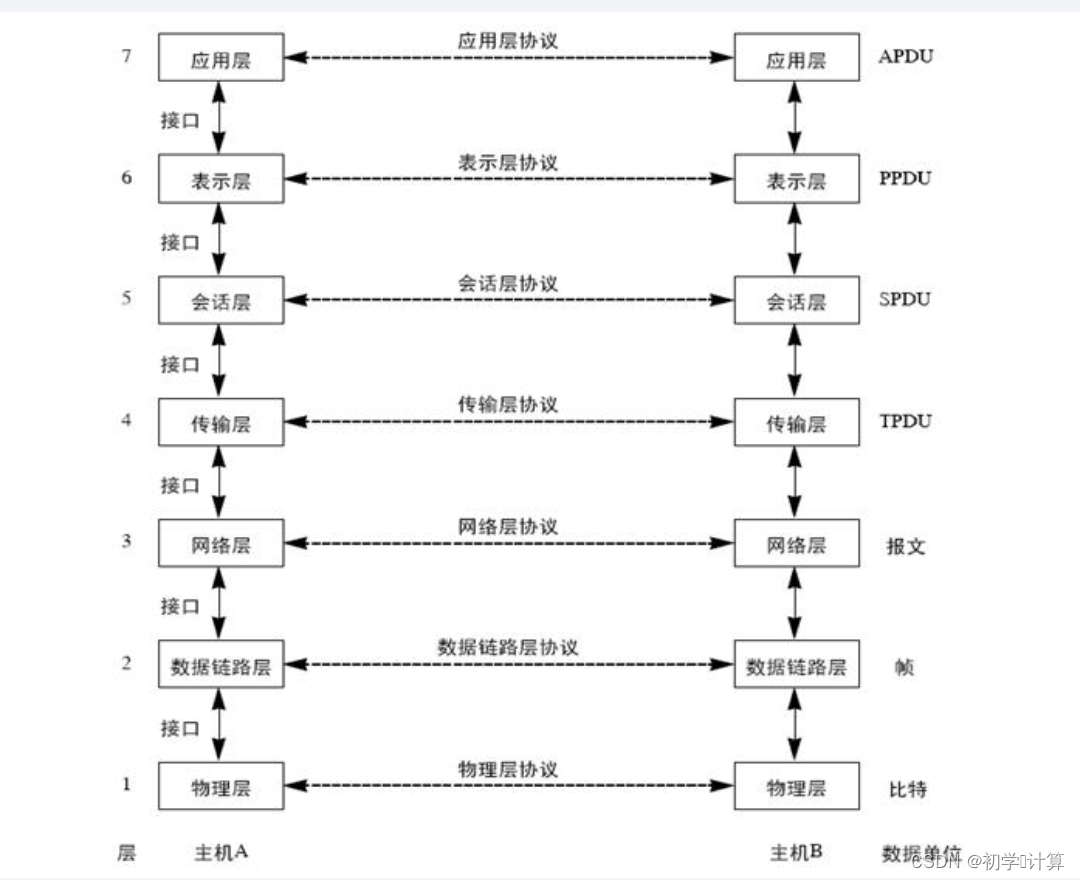
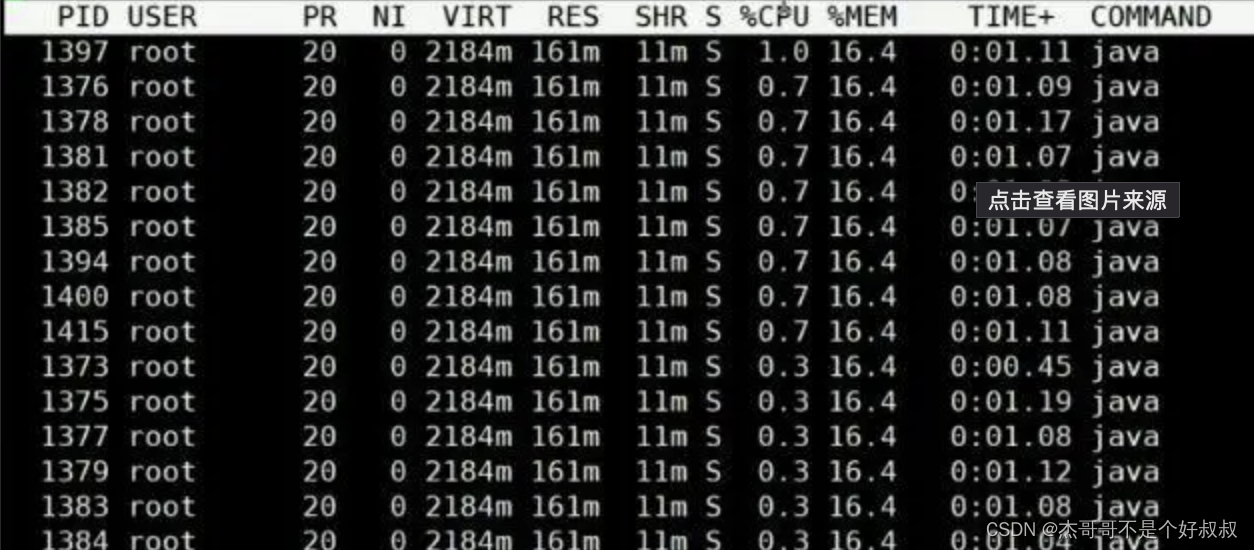
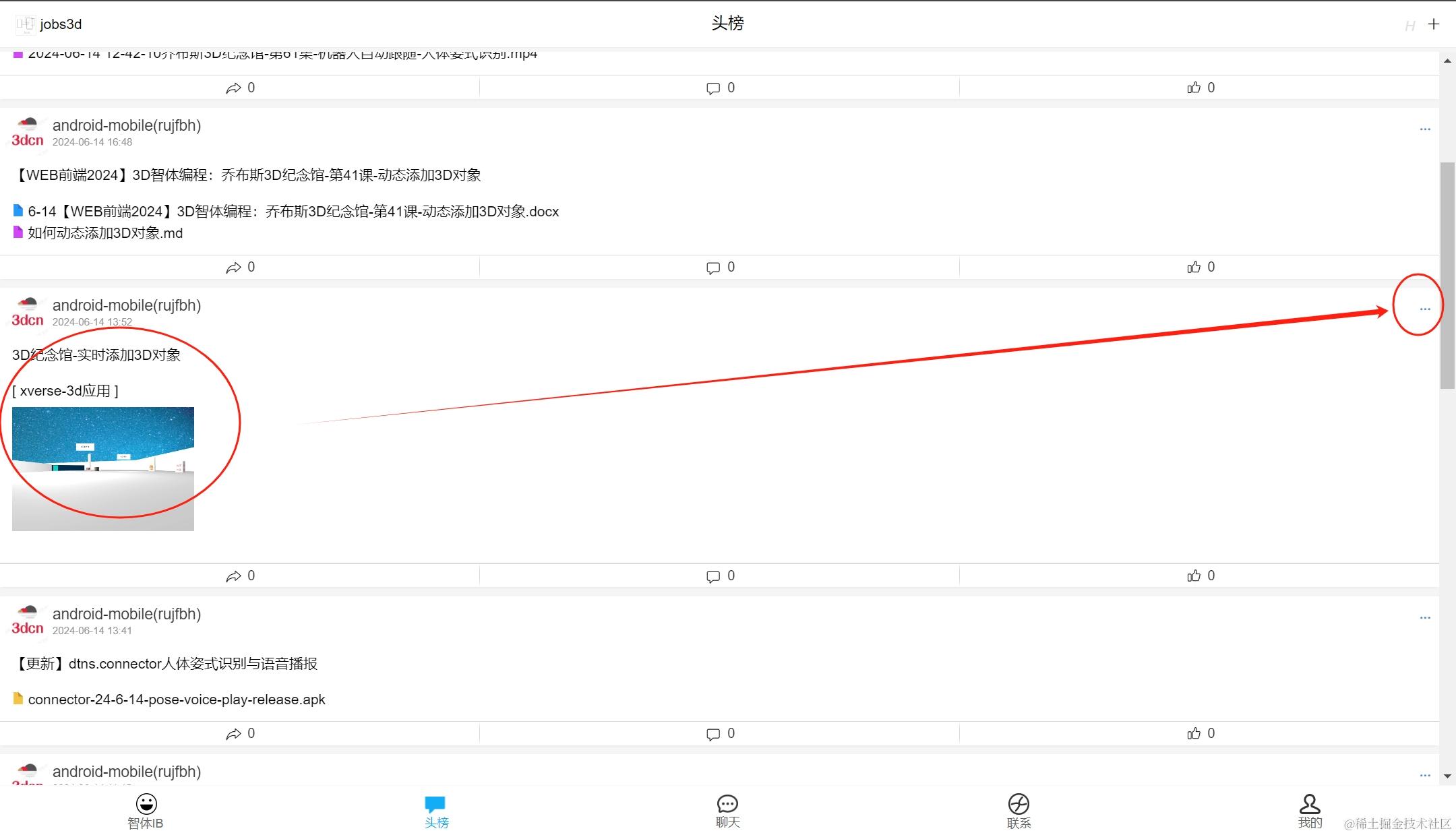

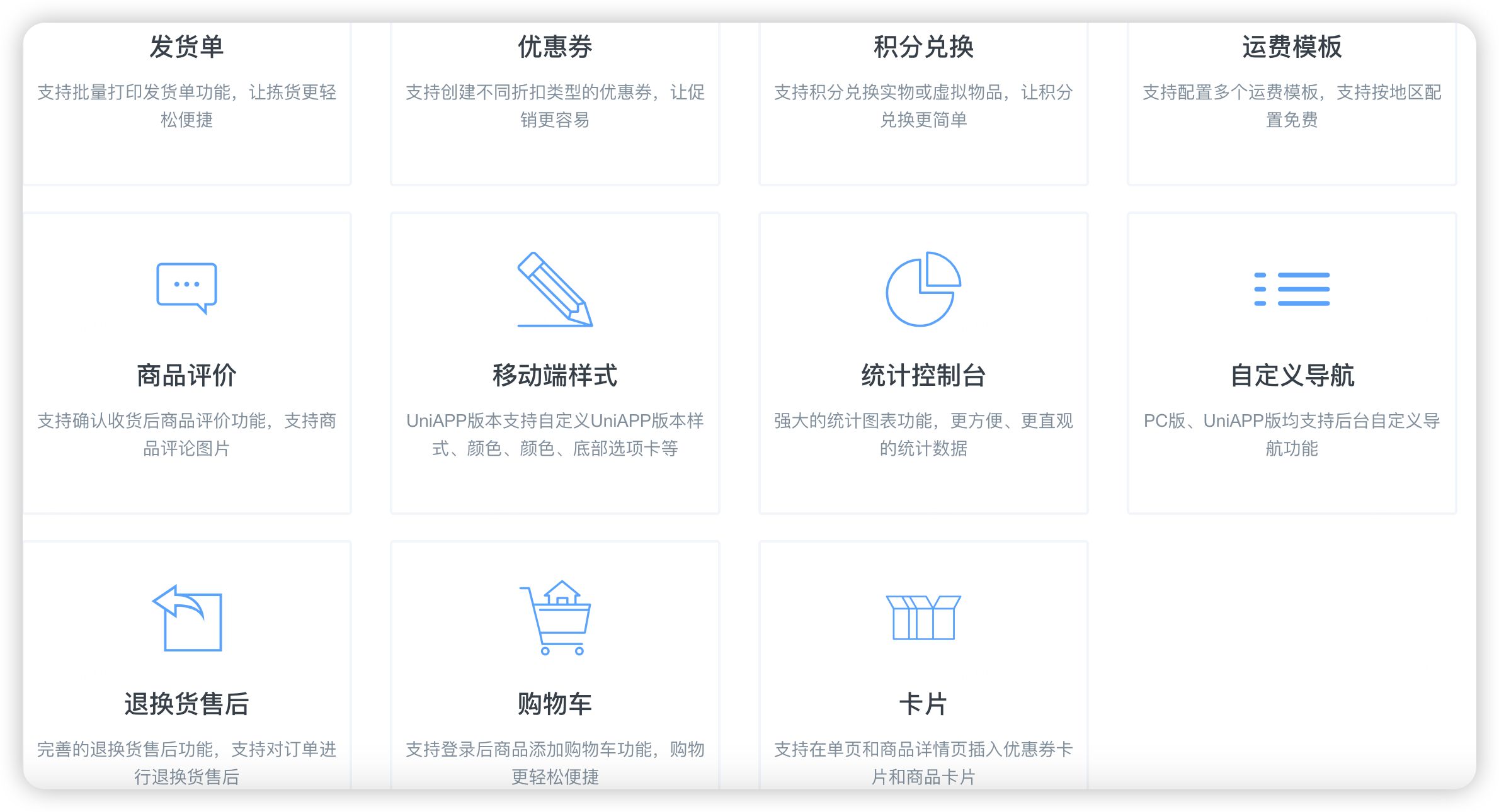



![C# Bitmap类型与Byte[]类型相互转化详解与示例](https://i-blog.csdnimg.cn/direct/a3bbd63c44ac40dd9eafd082c90cd103.jpeg#pic_center)





